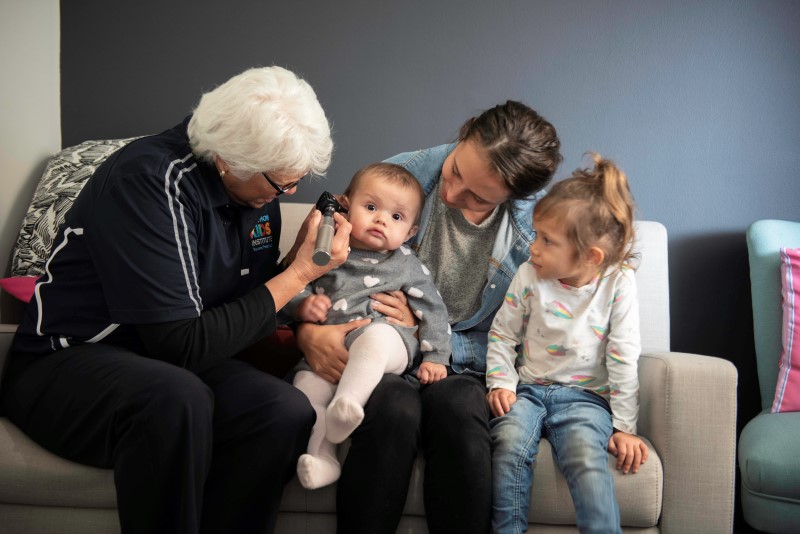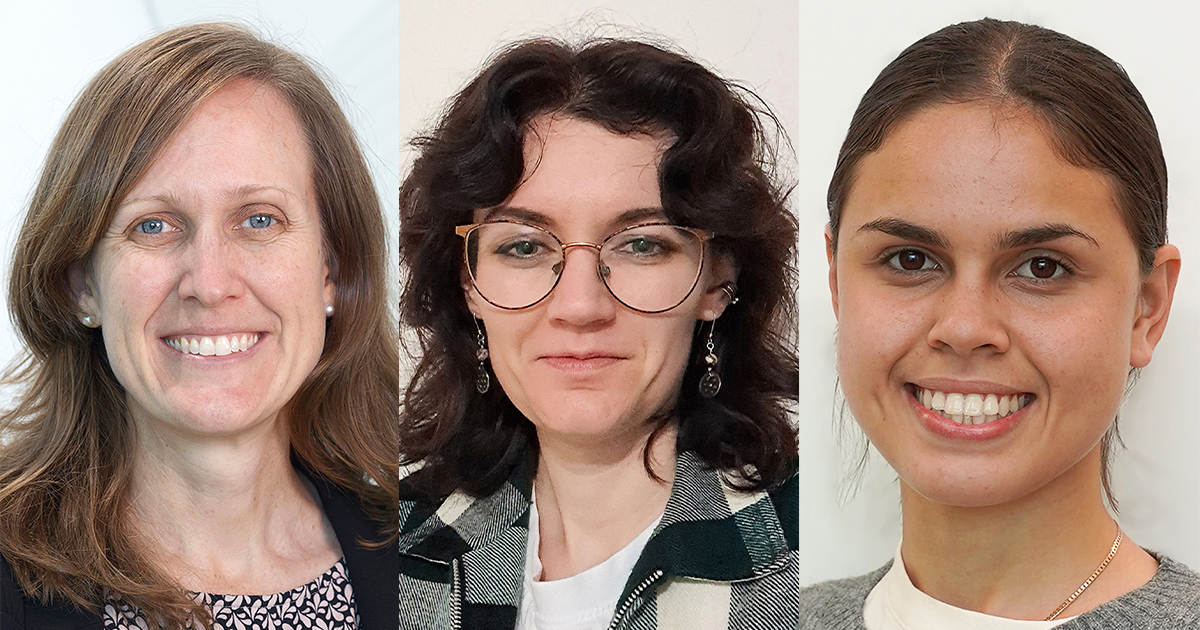Search
Research
Culturally competent communication in Indigenous disability assessment: a qualitative studyIndigenous people tend to exhibit a higher burden of disability than their non-Indigenous counterparts, and are often underserved by disability services. Engaging appropriately with Indigenous communities, families and individuals in the initial stages of disability assessment and planning is crucial in order to build trust and understanding of disability service models and ensure that Indigenous people receive support that is tailored to their needs and cultural realities. This article aims to identify key elements of culturally competent communication in Indigenous disability assessment and planning, and provide recommendations for strengthening capacity in this area.
Research
Disparity in Mortality From Rheumatic Heart Disease in Indigenous AustraliansIndigenous Australians are much more likely to die from Rheumatic Heart Disease than other Australians.
Research
Resilience amongst Australian Aboriginal youth: An ecological analysis of factors associated with psychosocial functioningWe investigate whether the profile of factors protecting psychosocial functioning of high risk exposed Australian Aboriginal youth are the same as those...
Research
Examining the risk factors for suicidal behaviour of Aboriginal and Torres Strait Islander children...While the majority of Aboriginal and Torres Strait Islander children are travelling on track or exceeding across all developmental domains...
Research
Evidence for the use of an algorithm in resolving inconsistent and missing Indigenous status in administrative data collectionsWe found that algorithms reduced the amount of missing data and improved within‑individual consistency.
Research
Ending rheumatic heart disease in Australia: the evidence for a new approachThe RHD Endgame Strategy: the blueprint to eliminate rheumatic heart disease in Australia by 2031 (the Endgame Strategy) is the blueprint to eliminate rheumatic heart disease (RHD) in Australia by 2031. Aboriginal and Torres Strait Islander people live with one of the highest per capita burdens of RHD in the world.
Research
Early Vocabulary Development of Australian Indigenous Children: Identifying StrengthsThe current study sought to increase our understanding of the factors involved in the early vocabulary development of Australian Indigenous children.

News & Events
New Aboriginal Cultural Guidance Advisor appointedThe Wesfarmers Centre of Vaccines and Infectious Diseases has appointed Mrs Valerie Swift to a newly created Aboriginal Cultural Guidance Advisor position.


News & Events
Triple triumph for The Kids at 2025 Premier’s Science AwardsThree researchers from The Kids Research Institute Australia were recognised as being among Western Australia’s brightest and most innovative scientific minds at last night’s 24th Premier's Science Awards.
